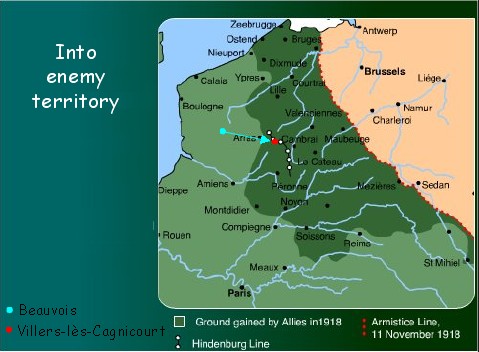Beauvois, France 04 Aug 1918 - 30 Oct 1918
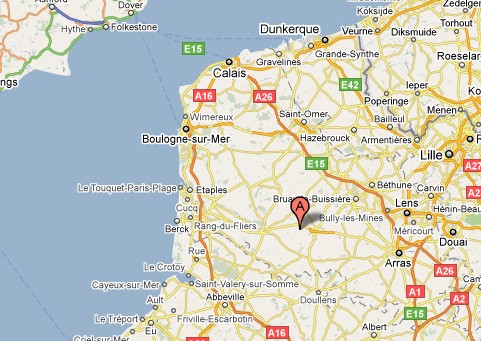
62130 Beauvois, Pas-de-Calais, Nord-Pas-de-Calais, France
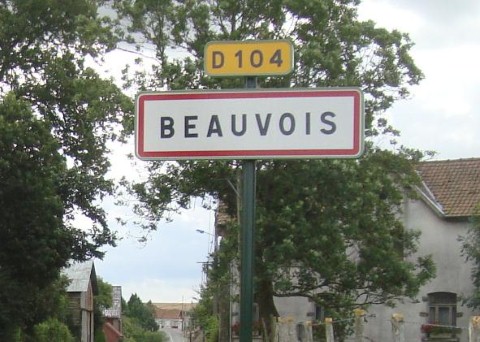
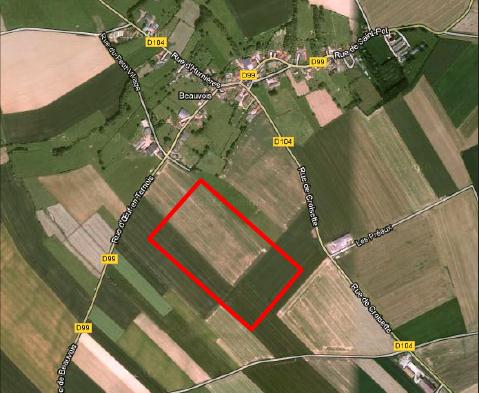
After a few false starts we spoke with the farmer who lives just behind the village sign (see picture above). He checked with his mother who confirmed the presence of an English airfield close to their village. He drew a sketch which enabled us to locate the site of the airfield.
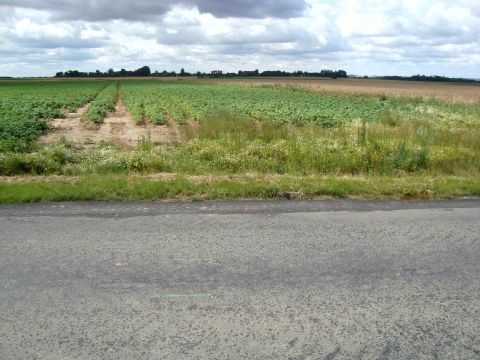
Beauvois aerodrome used to be located in these fields
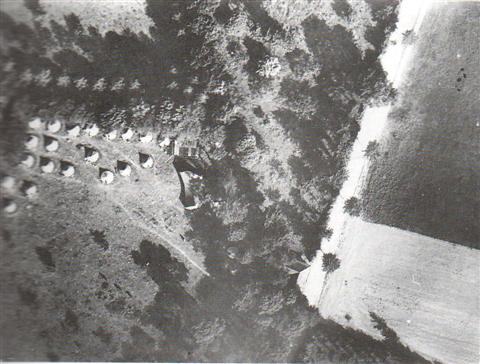
Dated 5th July 1918 (49Sqn were based here on this date).
This location could be near the top corner of the red rectangle in the Google Map shown above
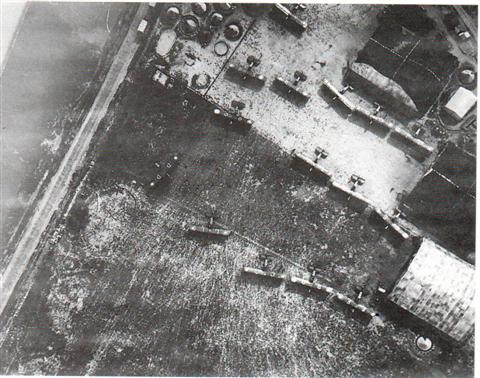
Dated 4th September 1918 (49Sqn were based here on this date)
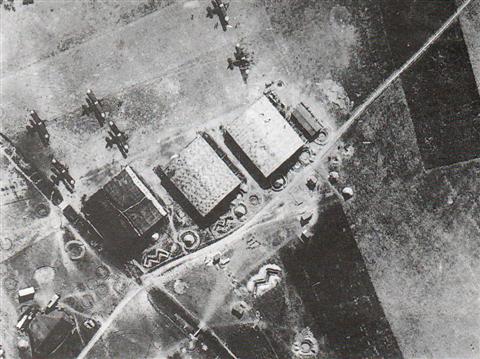
Dated 26th September 1918 (49Sqn were based here on this date)
49Sqn and Beauvois (visit 2)
04 Aug 1918 - 30 Oct 1918
Casualties: 29 x DH9, 10 x killed, 11 x pow, 3 x wounded, 3 x injured, 2 x evaded
As can be seen from the casualty figures, this was a period of intense activity.
On August 8th the Allies launched the Battle of Amiens intended to push back the German lines east of Amiens. The squadron was detailed for low-level bombing of the Somme bridges (defended by a German fighter pilot named Hermann Goering). This battle was the first to incorporate a co-ordinated attack bringing together artillery, tanks, infantry and aircraft.
On August 8th the squadron twice attempted to bomb Bethencourt bridge with SE5as of 32Sqn as escort. This work so depleted the squadron that 49Sqn and 27Sqn had to join forces and go over the lines in one formation.
The Germans lost more ground on August 8th than on any other day on the Western Front.
On August 10th the bombing of the bridges was abandoned and a formation of twelve bombers from 49Sqn and 27Sqn were escorted by forty fighters to attack the rail network around the key centre of Peronne.
By August 12th the battle had lost momentum but the damage suffered in the initial attack had been sufficient to critically damage the German Army. Ludendorff told Wilhelm II that the war was lost.
For much of the rest of August skirmishes continued as the armies settled down into their new positions. Some RAF units were withdrawn to recuperate.
On August 25th, in a retaliation for the German attack on Bertangles aerodrome, 49Sqn bombed Bombengeschwader 1 at Etreux. The attacks were of mixed success due to the very bad conditions.
Low cloud during the latter part of August severely restricted air activity.
September 1918 was known as "Black September" and Tuesday 24th September was especially black for 49Sqn. On this day they were trying to bomb the Aulnoye railway junction east of Cambrai. During an intense fighter attack, 49Sqn lost three DH9s and the returning aircraft carried a wounded pilot and two wounded gunners.
However, September saw continuing German retreats along the whole front. At the end of the month the Hindenburg Line was breached and, in early October, it was completely broken.
During this period, 49Sqn, together with other day bomber units continued to attack the transport system. The DH9 showed itself to be rather unreliable and many returned from raids early due to engine problems.
By October 20th the whole of the Belgium coast was in Allied hands.
The closing days of October saw some of the heaviest air fighting of the entire war. Bomber squadrons attacked the German rear areas and lines of communication. During these attacks the German airforce fought a last desperate series of battles to protect its beleaguered and dying army.
On the day which saw the heaviest air fighting of the Great War the squadron made its final wartime move to an airfield that was, for most of the war, in German held territory......Villers-lès-Cagnicourt.
